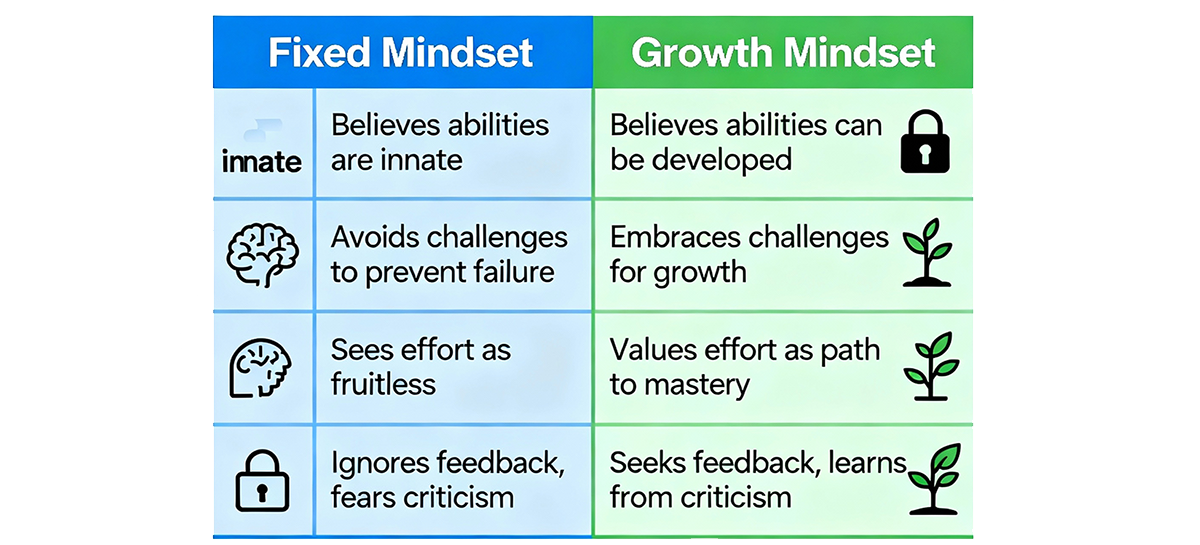
Organisations today face waves of disruption that are faster and more unpredictable than ever before. AI is reshaping roles and tasks, supply chains are getting upended overnight, and stakeholders are expecting greater social and environmental accountability.
These forces make agile leadership a practical necessity for leaders. When leaders can enable rapid learning, clear decision-making and high trust, organisations respond faster and more responsibly to risks and opportunities.
What does Agile Leadership actually mean?
In essence, Agile Leadership is a leadership style focused on fostering flexibility, collaboration and rapid adaptation across an organisation. It is not so much “Follow this methodology and you’re an Agile Leader”, but the end game is to enable teams to quickly sense change, respond to it, and continuously learn from any setbacks.
A key component of Agile leadership is the role of one’s own self-leadership i.e. the mindset that needs to be present and innate to bring it to life. Agile leaders must have self-awareness of their own responses to uncertainty. How does their behaviour influence others? How do they model ideal habits that they want their teams to adopt?
One’s mindset is the key psychological difference that supports agile leadership. This distinction can be broken down into 2 categories:

Fixed Mindset
Those with a fixed mindset treat intelligence and capability as static, avoiding risk and seeing feedback as a judgment. A fixed mindset frames success or failure as an indication of inherent skill, often hindering opportunities for growth.
Growth Mindset
In comparison, those with a growth mindset believe their abilities can be developed, embrace challenges as learning opportunities, and welcome feedback as data for improvement.
Agile leaders and organisations require the latter: continuous learning and experimentation only occur when leaders model curiosity, resilience and humility. Understanding this difference is the first step. The harder work is addressing the human dynamics that make agile aspirations brittle. That’s where the “human gap” appears.
The human challenges of Agile Leadership

An organisation’s ability to be agile depends heavily on its people and culture. Without this, even the best tools, structures, or teams can fail.
Dr Faisal Aman, programme director for SMU Executive Development’s EXCEL Leadership Programme, highlighted the core challenges and the implications for organisations across sectors to adopt Agile leadership.
These challenges aren’t impossible to overcome, but it does involve investing a considerable effort to solve them through practice. Overall, the challenges highlighted here are as much systemic as it is a personal shift that’s needed.
For these reasons, the role of oneself through training and development is key.
1. Misalignment of Goals
When leaders and teams lack a shared set of clear objectives, efforts become scattered, wasting resources and diluting impact.
Effective leaders close this gap by translating strategy into team-level outcomes and continuously realigning through townhalls, business reviews, and performance check-ins.
2. Lack of psychological safety and trust
Teams that fear judgment will typically avoid experimentation, and worse, hide mistakes. These two outcomes are lethal to organisational agility. Effective leaders must explicitly cultivate a psychological environment of safety.
For example, inviting questions to decisions, normalising failure as learning, and rewarding candour and transparency. Trust builds the speed of coordination and the quality of collective problem-solving.
3. False harmony and unresolved negative conflict
Decision-making in itself is a challenging process, but it could also be a ground for superficial agreements. This masks any underlying tensions which could surface later, either as sabotage or disengagement from stakeholders.
Contrary to blind agreements and buy-ins, Agile teams need constructive conflict to come to good decisions. This may take the form of informal structured debates, pre-mortems and an evidence-based decision matrix that would turn disagreements into better choices rather than fractured, passive relationships.
4. Overfocus on the task or relationships
Focusing solely on delivery and KPIs can harm morale at all levels, while focusing only on harmony can reduce accountability.
Agile leaders need to balance both aspects. It involves setting clear commitments while coaching performance and overall wellbeing. This dual focus sustains high-performance teams during pressure, especially in today’s volatile business environment.
5. Lack of team commitment to outcomes
If members don’t feel a sense of ownership in the organisation, they will not prioritise its success. Effective leaders build team commitment to the cause by including them in goal setting, making roles clear, and celebrating shared victories that strengthen collective identity.
6. Silo Thinking
Departments that hoard information or priorities impede cross-functional synergy, especially at a senior management level. You may see these silos as groups trying to “protect their turf”, which often causes tension when projects are integrated in nature.
Agile organisations require clear boundaries but transparency across departments. Some of the ways organisations achieve this are to rotate people across functions, create integrator roles, and expose teams to customer or partner feedback directly to reduce handoff friction.
7. Lack of role clarity
Ambiguous roles are probably the root cause of why organisations fail in their agile efforts. The importance of role clarity is severely underrated in today’s organisations. That’s because when the accountabilities of an individual or team are unclear, decisions stall and work overlaps.
Effective leaders make it clear on the approach to decision making. Clearly defining who decides, who advises, who implements, accelerates action and reduces the need to rework or deconflict later on.
8. Groupthink
When conformity is prized, innovation suffers. Leaders can counteract groupthink by bringing in external perspectives, playing “devil’s advocate” on key choices, and using anonymous input methods to surface diverse ideas.
9. Decision-making inertia
An excessive need to seek consensus or even the fear of risk results in paralysis. This may already be familiar to you now. Long approval chains, constant need to have meetings for repeated agendas.
What should leaders and organisations do?
Leaders who take the first step to develop changes to their leadership style are better equipped to transform their organisations to manage today’s business challenges. These initiatives, small or otherwise, are cumulative. In the long term, they change the environment of daily work. It also makes visible the leader’s own standing. When leaders participate publicly in these initiatives and share lessons from failed pilots, they model the growth mindset that underpins agile leadership.
To be an Agile organisation, leaders must first invest in the human systems that enable it. Processes and tools matter, but without leaders who practice the principles of agile leadership, it will remain a slogan rather than a lived experience. The path to becoming an agile leader may sound tougher than it is. For example, develop reflective routines, design initiatives that surface learning, and align team incentives to shared outcomes.
For leaders seeking structured development in these competencies, SMU’s EXCEL Leadership Programme offers a tailored programme that blends theory and practical learning to help leaders become the enablers of agile teams that perform now and adapt for the future.
Discover more of our bespoke SMU Executive Development courses and programmes.